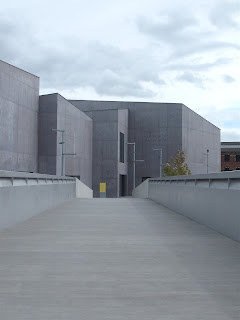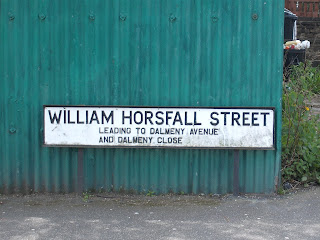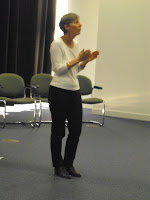Turner-prize nominee Luke Fowler's film essay, 'The Poor Stockinger, The Luddite Cropper and the Deluded Followers of Joanna Southcott' is currently showing at the Hepworth Gallery, Wakefield until mid October. It will be the first moving image piece in their permanent collection. To set things straight for the historians first of all, this is nothing to do with the eponymous early 19th century characters of the title, whom Thompson sought to 'rescue from the enormous condescension of posterity'. Rather, it focuses on Thompson's own reflections on teaching WEA classes in the West Riding of Yorkshire in the early 1950s. Indeed, those stockingers, croppers, millenarians, and the handloom weavers and artisans that Thompson believed to be the linchpin for the making of the English working class between 1789 and 1832 were, by the 1950s, notably long gone from Bingley, Cleckheaton, Batley, Bradford, Keighley, and other industrial towns and villages. Thomps








